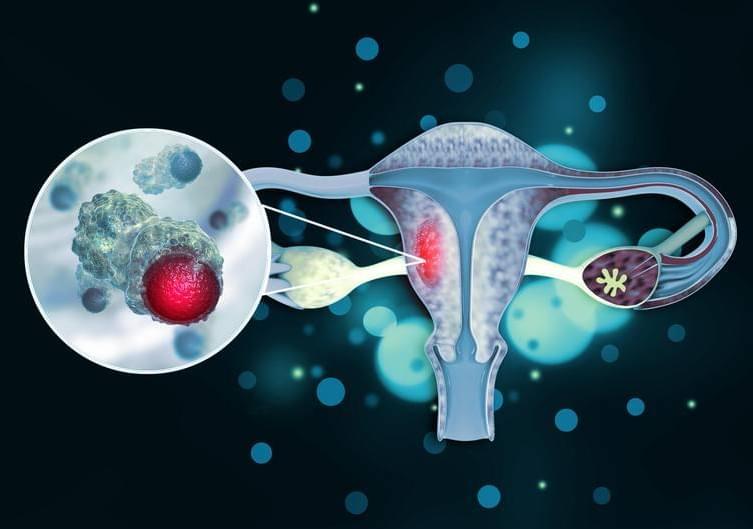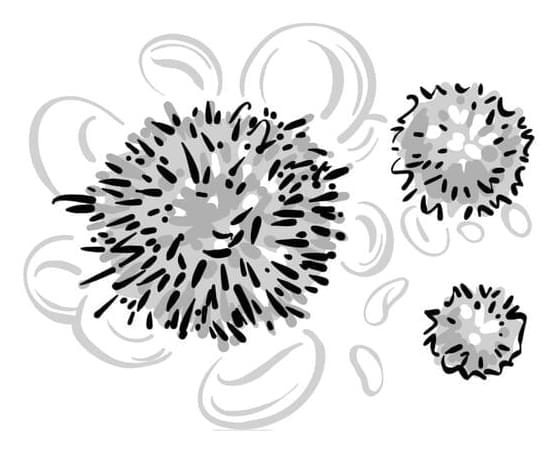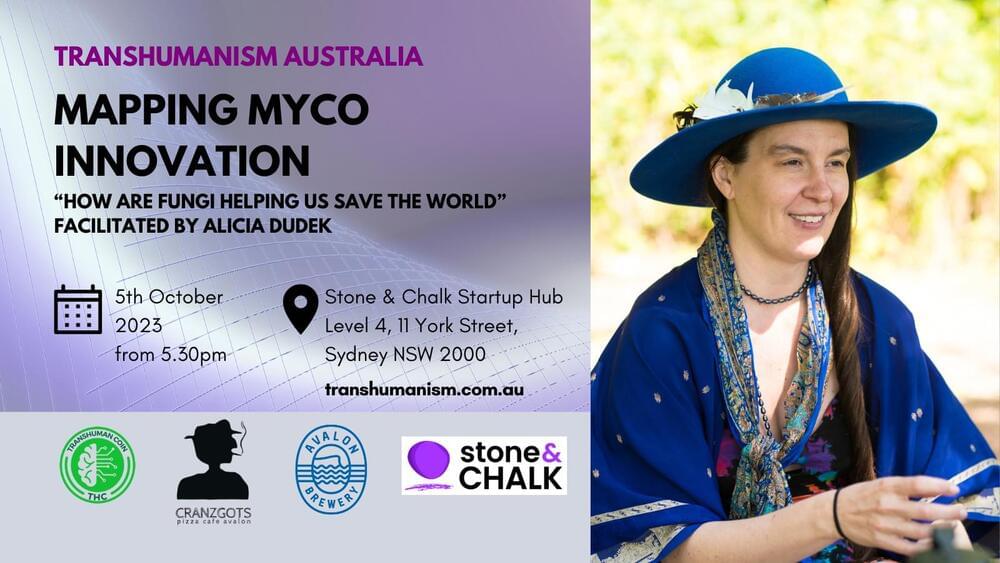“That’s what makes this research unique from a scientific standpoint. The study participant can walk over to the lab, have the blood drawn and within hours their specimen can be transferred to the on-site facility where the process of biomanufacturing the vaccine begins,” says Dr. Block. “That would not be possible with an outside manufacturer.”
A deadly form of reproductive system cancer
Ovarian cancer is the deadliest form of gynecologic cancer. It often is not diagnosed until advanced stages, when it is less treatable. Even with standard surgery and chemotherapy, tumors return in up to 70% of women. The outcome is often poor. 19,000 women in the U.S. are diagnosed with ovarian cancer every year and more than 13,000 die from it, according to the American Cancer Society.





